
Mizuho Leasing has set forth a vision of becoming “a Creator of a Sustainable World”, as part of its corporate philosophy, and positions its commitment to sustainability as the foundation of corporate management.
(Sustainability Initiatives | Sustainability | Mizuho Leasing Company, Limited)
In particular, we have identified “creating a society and workplace where everyone can thrive”as one of our materiality issues, and places the highest priority on valuing “people.”
At Mizuho Leasing, we believe that each and every employee is an important asset and that their mental and physical health is our source of creating a prosperous and sustainable future.Based on this concept, Mizuho Leasing will promote health management by maintaining and improving the work environment where each and every employee can work in a healthy and safe manner, so that they can continue to work with vitality and pride.
President and CEO
Akira Nakanura
Under the responsibility of the President and CEO, who serves as the Chief Health Management Officer, the Personnel Department takes the lead in promoting health management in collaboration with the Health Insurance Association, our industrial physician, occupational health nurses, internal stakeholders, and the Employee Association (employee representatives), among others.
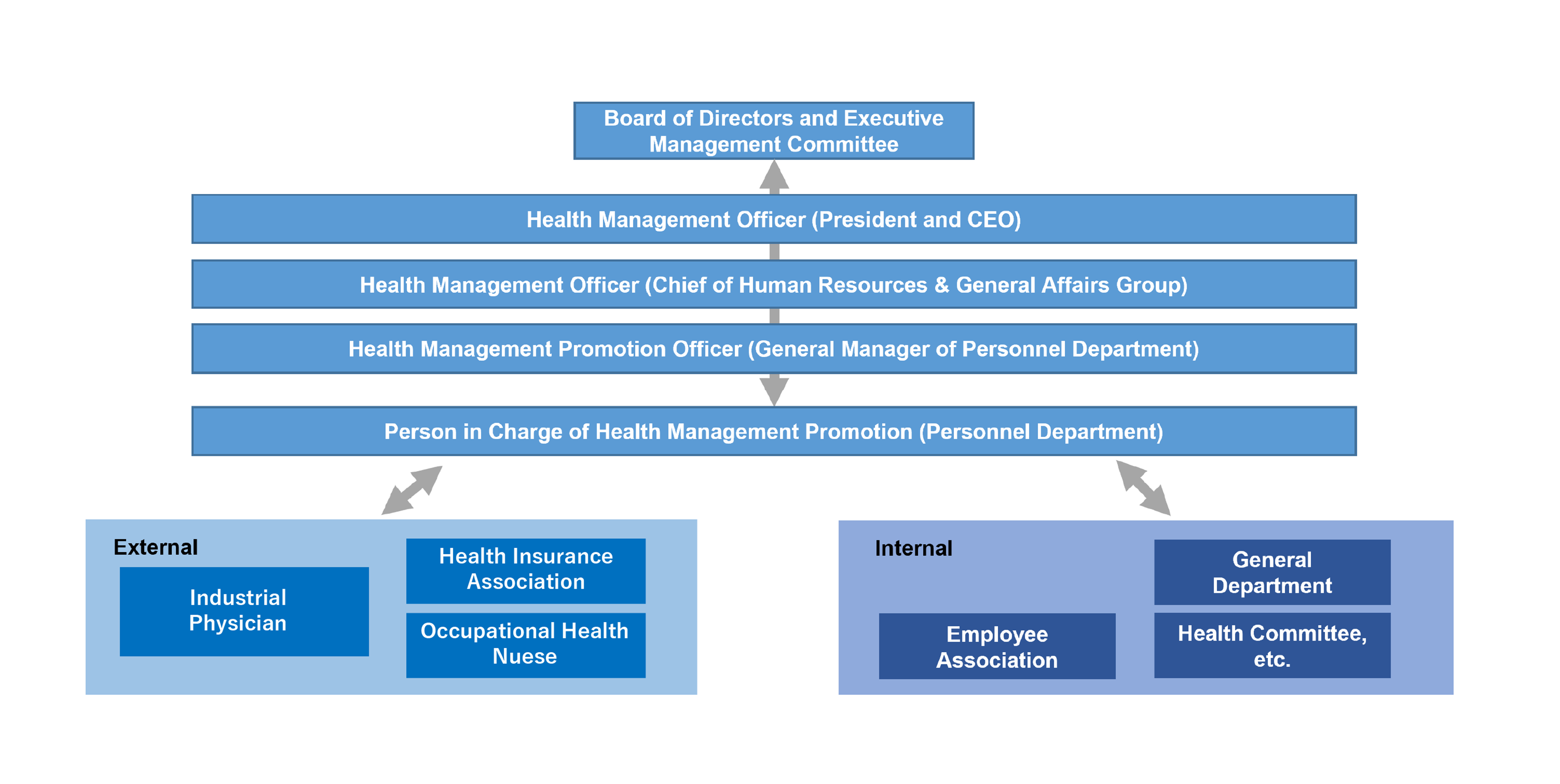
Under the firm belief that each and every employee is an irreplaceable asset, we are promoting health management with the aim of creating a workplace where every employee can continue to work with vitality, pride, and both physical and mental well-being.
We particularly position enhancing employee engagement as one of our key goals and challenges, and every year, we benchmark our scores against the top 20% of companies implementing the engagement survey.
To enhance employee engagement, we are promoting diverse initiatives to ensure each and every employee deeply understands its significance and is encouraged to take initiative.
Furthermore, recognizing the prevention of lifestyle-related diseases among employees as our important challenge, we are implementing initiatives that help them maintain healthy lifestyle habits and improve their overall health. With regard to our health challenges, we have made progress through the expansion of initiatives in collaboration with the Health Insurance Association and the promotion of health management. Going forward, we will continue to implement the initiatives to make further improvement.
We have developed a roadmap (strategy map) for promoting health management and are implementing on-going initiatives through the PDCA cycle.
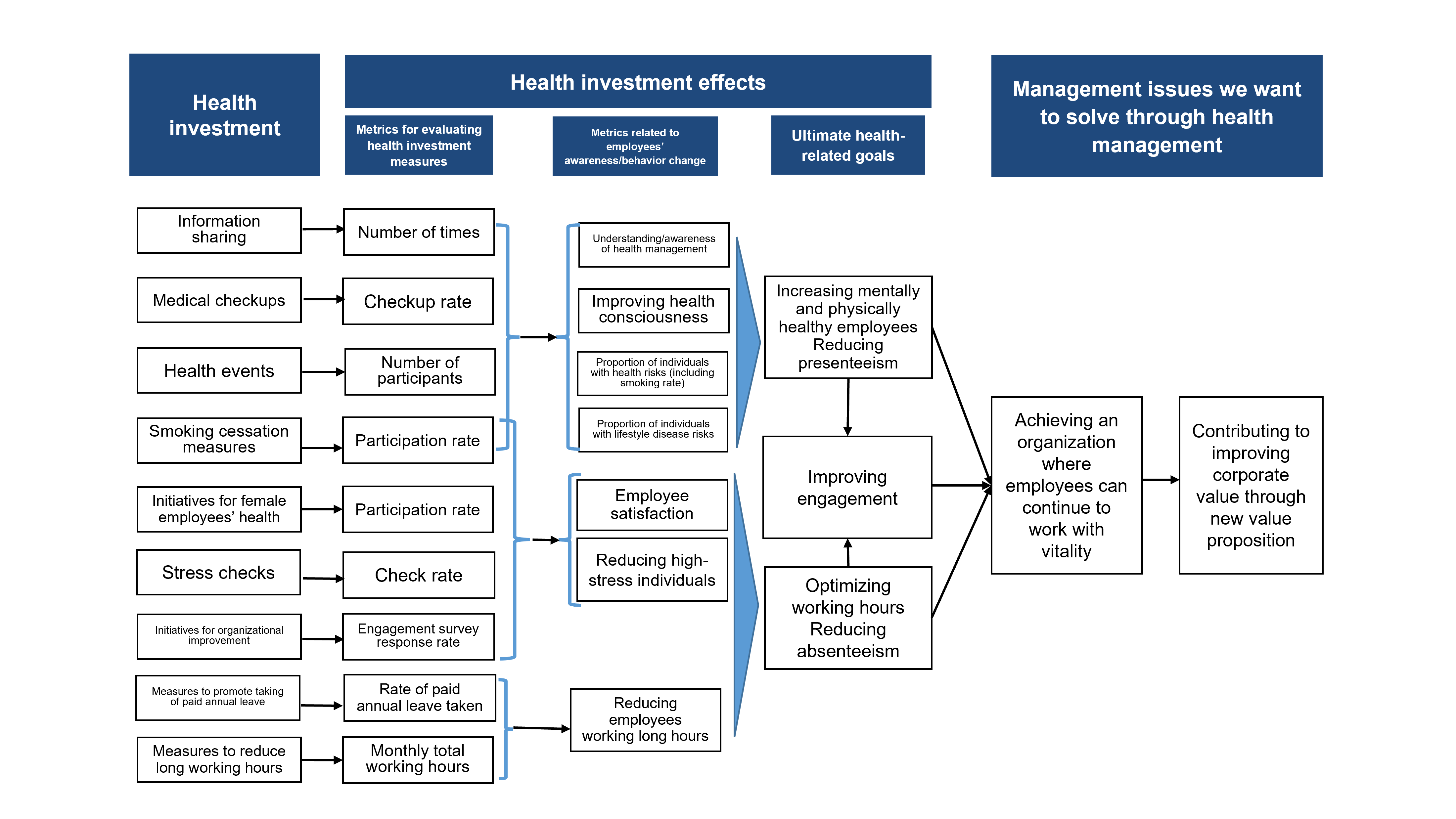
Under our basic approach of employee health management, we hold a Health Committee meeting once a month in accordance with the Industrial Safety and Health Act , and make efforts to maintain and promote employee safety and health as follows.
We provide an annual medical checkup for all employees. For expatriate employees and their accompanying family members, we provide vaccinations as a preventive measure necessary for each country in which they are stationed, as well as a health check once or twice a year in that country or in Japan, depending on the sanitary conditions and/or medical standards of the country.

We conduct a stress check once a year according to the basic policy of promoting mental health, since mental health is important to make employees’ lives comfortable and fulfilling, and secure a pleasant and safe working environment .

In order to capture employee awareness in a timely manner and create a better working environment, we have conducted an engagement survey every three months since August 2021. We thus aim to realize a better working environment by implementing measures to enhance employee engagement via encouraging them to take ownership of engagement.
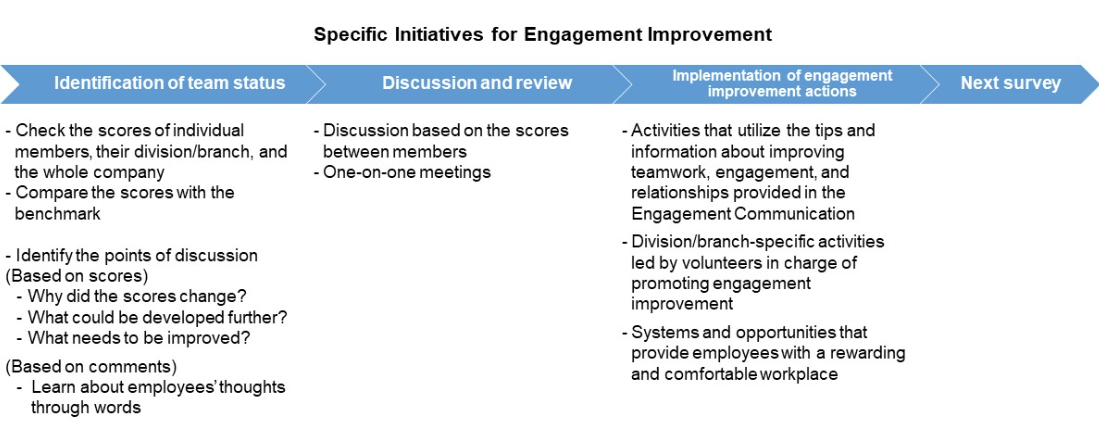

In FY2025, we began assigning occupational health nurses within the company to strengthen the employee health support system. We maintain an accurate understanding of our employees’ health status through health consultations, mental health care, and proposals to improve workplace environments. Additionally, we collaborate closely with our occupational physician to provide support for employees’ health issues by leveraging specialized expertise. It also contributes to the prevention of productivity loss due to health-related issues and the enhancement of a sense of safety and employee engagement in the workplace.
In collaboration with Mizuho Health Insurance Association, we encourage our employees to utilize QOLism, a health enhancement app.
Using the app, we encourage employees to participate in walk events, dietary record/improvement programs, and other activities.

We conduct surveys targeting female employees to identify health-related issues and needs specific to women (in the FY2023 survey, we received responses from 42.1% of our female employees), implement specific initiatives based on the opinions and requests received.
As part of these initiatives, we have introduced the “Femtech Program” in our effort to support the active participation of female employees from a health perspective. Through this program, we provide online medical consultations, counseling, medication guidance, and prescriptions to those experiencing discomfort related to menstruation or menopause. Participants in this program reported that “their performance improved even during periods when they are feeling discomfort due to menstruation or menopause.” We observed approximately a 10% improvement in participants' performance before and after the program.
Furthermore, we hold “seminars by female physicians” with the aim of helping both male and female employees acquire knowledge and deepen their understanding of health-related issues specific to women.

We hold seminars for supporting smoking cessation. In FY2024, 503 employees (62.0%) attended seminars that focused on smokers’ health as well as “passive smoking.” In FY2025, 360 employees (44.0%) attended seminars on “successful smoking cessation.”
As smoking cessation leads to the prevention of lifestyle diseases and improvement of the working environment, we intend to continue our efforts.

We are addressing drinking-related risks as well. We have shared the insights on employee drinking habits, as revealed by the FY2024 health check, with all of our employees. Additionally, we held a seminar based on the Guidelines on Health-Conscious Drinking published by the Ministry of Health, Labour and Welfare, with a participation rate of 81.9% (664 participants). Furthermore, we provided our employees with opportunities to deepen their understanding of a healthier relationship with alcohol by utilizing the “Alcohol Watch”, a web tool released by the Ministry. In FY2025, we held a seminar on the theme of “healthy drinking tips”, with a participation rate 12.9% (104 participants).
We cover all costs related to flu vaccinations for employees. (In FY2024, 245 employees applied, totaling 955,000 yen.)
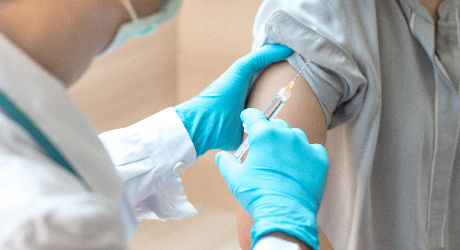
We offer a variety of seminars to help our employees learn more about their own health and encourage them to pursue health-promoting activities such as exercise. The seminars we have held so far have covered a wide range of topics, including “sleep,” “body composition,” “vascular age,” “glycation,” “shoulder & lower back pain,” “physical & mental refreshment,” and “alcohol consumption/activities to promote gut health.” During the period from October 2024 to September 2025, a total of 10 programs were held, with approximately a total of 1,250 participants attending. All seminars have received high praise from participants, who described them as “satisfying”, “useful”, and “practical."
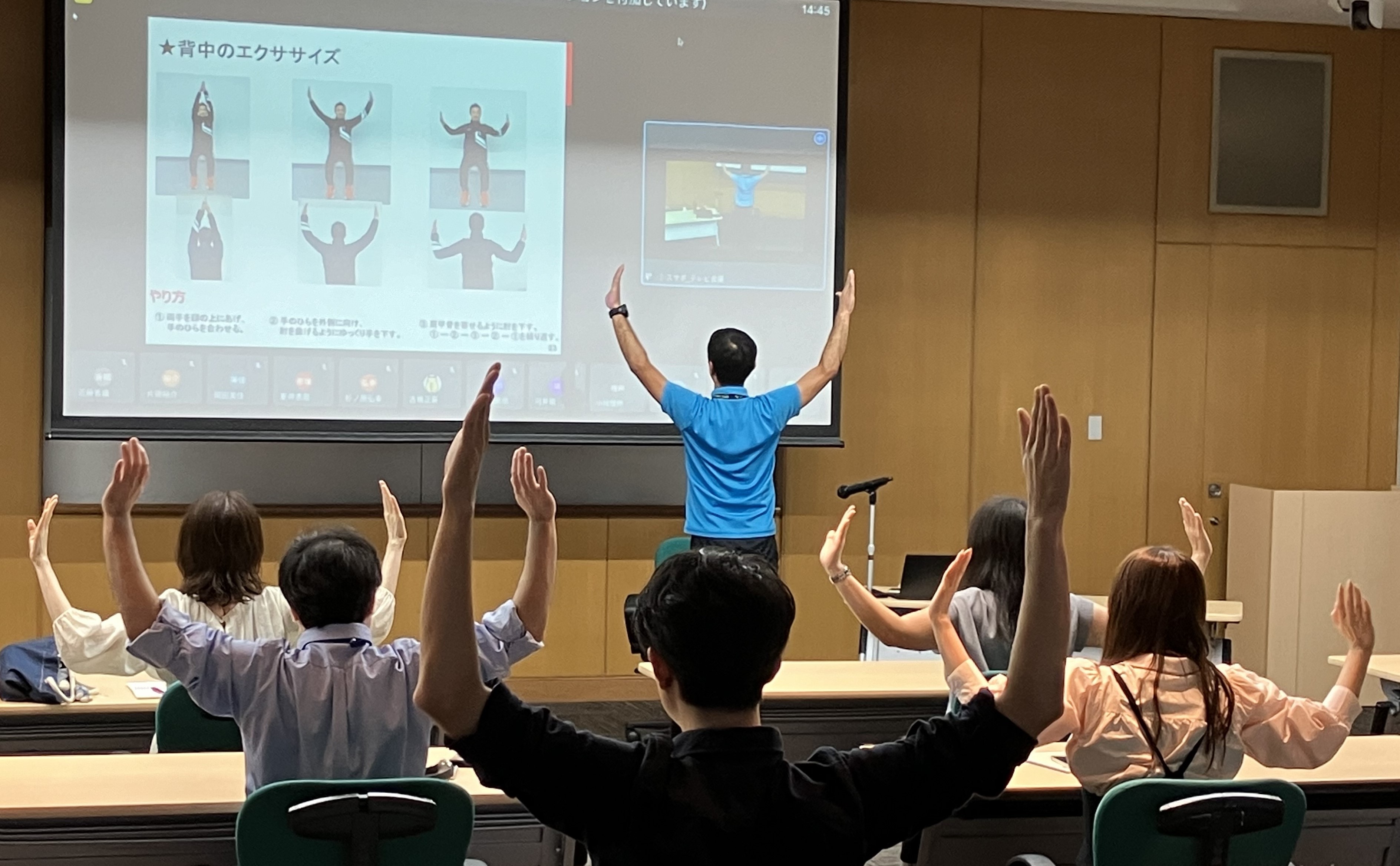
To ensure a work-life balance and the creation of time for employees to have enriching experiences, we encourage employees to take consecutive days of paid annual leave, as well as to utilize leave systems such as the anniversary holiday (special vacation) system. Moreover, we have set Wednesdays as a no overtime day, and in July and August, additional two summer no overtime days for each division and branch, considering business peak and off-peak times.
Our goal is to achieve a paid annual leave usage rate of 80% on average across all employees by the end of FY2025. The rate steadily increased from 65.0% in FY2022, to 70.8% in FY2023, and then to 74.6% in FY2024.
In addition to the above, we have adopted flexible work styles, such as telecommuting system, hourly paid leave system and staggered finishing time system: the employee satisfaction with these systems has reached 65.4%. Furthermore, we also introduced the flextime system in FY2024: the employee satisfaction with this system has reached 71.6%.
Given the occupational health and safety-related hazards associated with overtime, we are working to reduce overtime as a priority issue (overtime hours in FY2024: 18 hours and 2 minutes). Monthly overtime data is shared not only with individual employees but also labor managers, the occupational physician, and occupational health nurses. We are also promoting initiatives to curb overtime, which include conducting interviews with long-hour workers, implementing policy changes, and improving workplace efficiency.

We regularly send messages from the president to all employees on maintaining and enhancing employee health, aiming to foster health awareness among employees and their families.
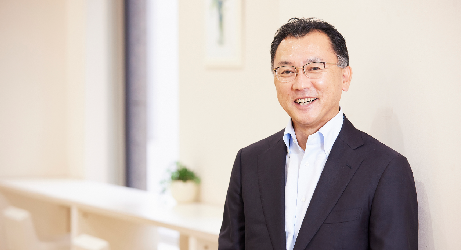
We have been certified as a Certified Health & Productivity Management Outstanding Organization (Large Enterprise Category) under the 2025 Certified Health & Productivity Management Outstanding Organizations Recognition Program for the third consecutive year. These certified outstanding organizations are selected jointly by the Ministry of Economy, Trade and Industry (METI) and the Nippon Kenko Kaigi.
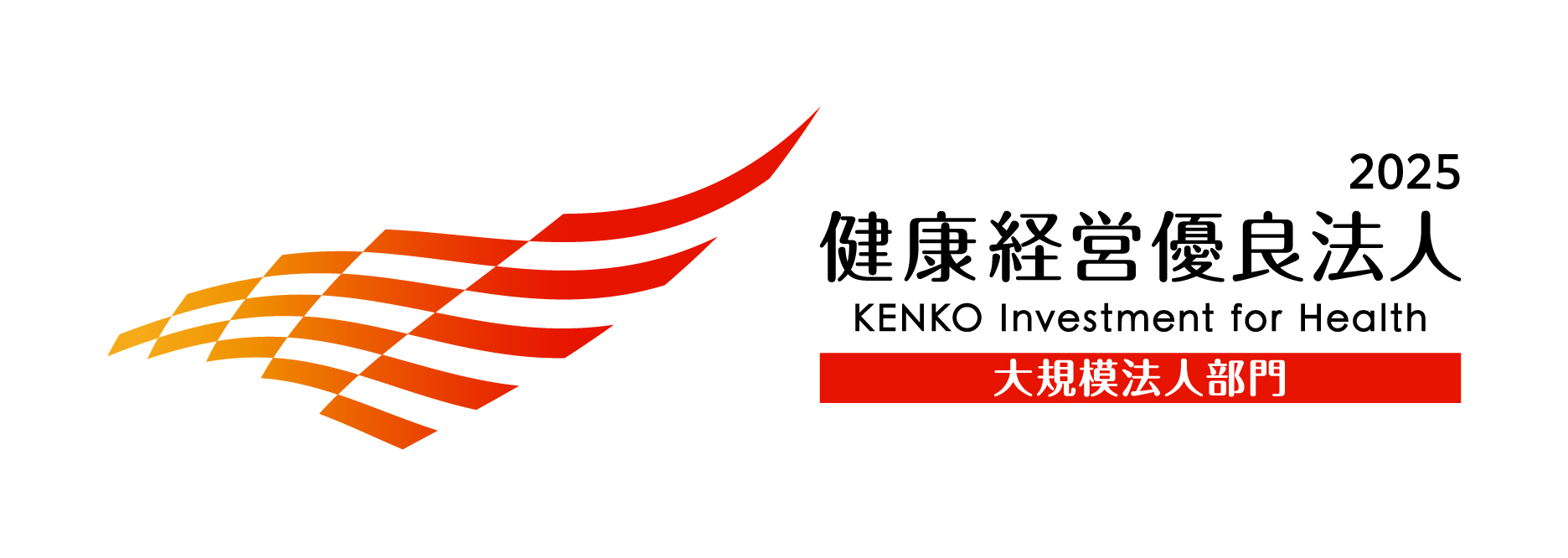
To promote health management, we define the challenges and metrics, evaluate the effectiveness of measures for improving the metrics, and implement the PDCA cycle.
We work to create a vibrant organization through conducting a quarterly engagement survey to assess the current state of the organization, as well as encouraging actions for organizational improvement, including the enhancement of communication.
We analyze data on presenteeism and absenteeism as metrics to evaluate the effectiveness of our measures.
We aim to improve the metrics by continuing to implement health management initiatives, and will continue to enhance these initiatives to promote employee health and create a workplace environment where employees can work comfortably.
|
Item |
FY2021 |
FY2022 |
FY2023 |
FY2024 |
FY2025 |
|
Engagement survey respondents *1 |
740 people |
779 people |
870 people |
881 people |
ー |
|
Engagement survey response rate *1 |
88.0% |
89.8% |
92.8% |
92.5% |
90% or over |
|
Engagement survey score *2 |
70 |
70 |
69 |
71 |
ー |
|
Health literacy *3 |
- |
- |
75.6% |
79.2% |
77.1% |
|
Proportion of high-stress individuals |
8.0% |
6.3% |
8.3% |
6.7% |
ー |
|
Presenteeism(Productivity loss) *4 |
- |
- |
14.2% |
14.2% |
14.2% |
|
Absenteeism *5 |
0.11 days |
0.62 days |
0.70 days |
0.47 days |
ー |
*1 Respondents and response rate of external engagement surveys (fiscal year average)
*2 Score of external engagement surveys. A higher score indicates higher engagement.
The average among companies that have conducted the survey (approximately 3,950 companies across all sectors) is about 69.
*3 Measured based on questionnaires: Proportion of employees practicing health maintenance and improvement
*4 Measured based on the Single-Item Presenteeism Question (SPQ) (response rate: 65.7%, respondents: 814)
*5 Company-wide average of days of leave taken with the injury/disease leave system (all eligible staff: 814)
Aiming to maintain and improve a workplace environment where employees can work healthily and safely, we have set a target for the rate of paid annual leave taken and are working to achieve it.
We also aim to improve the implementation rate of various health checks and stress checks. Additionally, given the relatively high average age of our employees, we are striving to prevent a decline in productivity by helping them prevent lifestyle diseases by maintaining/improving lifestyle and healthy habits.
Thanks to these health management initiatives, the rate of paid annual leave taken and the health checkup participation rate have improved over the period between FY2023 and FY2024.
|
Item |
FY2021 |
FY2022 |
FY2023 |
FY2024 |
Target (FY2025) |
|
Overtime (non-statutory, monthly average) |
21 hours and 20 minutes |
18 hours and 25 minutes |
18 hours and 5 minutes |
18 hours and 2 minutes |
Around current level |
|
Rate of paid annual leave taken |
68.2% |
65.0% |
70.8% |
74.6% |
80% or over |
|
Rate of employees undergoing regular medical checkups |
94.8% |
89.0% |
88.5% |
96.3% |
90% or over |
|
Specific health guidance provision rate |
73.3% |
78.2% |
61.3% |
ー |
- |
|
Rate of employees undergoing stress check |
93.2% |
92.4% |
93.3% |
92.0% |
95% or over |
|
Smoking rate *6 |
16.6% |
15.8% |
15.4% |
16.1% |
15% or below |
|
Individuals with appropriate dietary habits *6 |
58.3% |
51.6% |
49.0% |
45.6% |
60% |
|
Individuals with appropriate exercise habits *6 |
28.6% |
37.5% |
38.5% |
37.9% |
40% |
|
Rate of individuals maintaining normal weight *7 |
69.5% |
69.8% |
68.7% |
67.8% |
70% |
*6 Based on medical consultation results (all ages)
*7 Based on medical checkup results (all ages)
